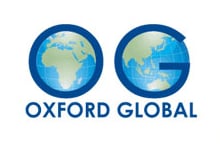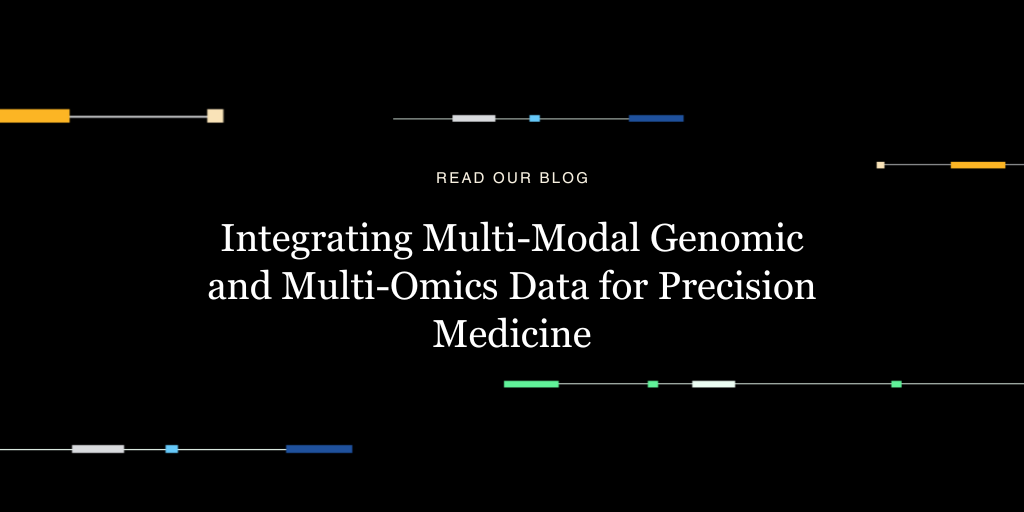 It was with great enthusiasm that I attended Oxford Global’s recent 4th Next Generation Sequencing meeting in London, where some 500 delegates from more than 20 different countries gathered to discuss sequencing technology and research innovations. There were more than 60 presentations, ranging from vendors showcasing their wares to ground breaking new science from academic research labs. Three themes stood out as I listened: the scale of the technologies being applied to studying genomes, the ever-increasing studies on epigenetics, and studies on the so-called ‘dark matter’ in the genome.
It was with great enthusiasm that I attended Oxford Global’s recent 4th Next Generation Sequencing meeting in London, where some 500 delegates from more than 20 different countries gathered to discuss sequencing technology and research innovations. There were more than 60 presentations, ranging from vendors showcasing their wares to ground breaking new science from academic research labs. Three themes stood out as I listened: the scale of the technologies being applied to studying genomes, the ever-increasing studies on epigenetics, and studies on the so-called ‘dark matter’ in the genome.
Here are several highlights from some of the talks I attended:
Joakim Sandeberg (SciLifeLab, Stockholm) opened the meeting describing a method his group has been using to measure localized RNA expression changes in thousands of cells simultaneously from tissue slices using next generation sequencing, showing examples from olfactory bulb and tumor samples.
Neil Ward (Illumina) discussed the increase in HiSeq throughput and new data compression (CRAM) and alignment (ISAAC) tools, and Kevin Corcoran (Pacific Biosciences) described their new Quiver algorithm, which can convert raw single read accuracy of 87% in 4-10kb reads, to 99.99964% at QV54 over 3Mb of Meiothermus ruber. A talk by Lex Nederbragt (Norwegian Sequencing Centre) showed data from the Cod genome using the Pacific Bioscience instrument giving an N50 of 6kb, with maximum read length at 25kb.
Hubert Rehrauer (Functional Genomics Center Zurich) gave a good overview of optimizing sequence data analysis by monitoring data QC and the parameters used in analyses, and Sarah Ennis (Southampton Hospital) described a range of simple QC checks in addition to data QC. These include checking familial relationships and gender of the samples received from sequencing services and that they correlate with the expected data sent, showing examples of cross-contamination and mixed up samples.
Seth Crosby (Genome Technology Access Center, Washington University St. Louis) is running CAP and CLIA compliant sequencing for clinicians. He described the challenges of clinical sequencing and analysis. They use validated gene panels, which are reimbursable from medical insurers, and have generated a library of around 5,000 annotated publications. As a result clinicians are now provided with a rating from 1 (medically actionable) to 8 (SNP only) for the patient’s samples.
James Flanagan (Imperial College) showed data using epigenetics and EWAS on breast cancer patients’ peripheral blood. They switched from exome arrays to bisulphite sequencing as exome arrays do not cover promoter sites, which show an enormous variation in methylation states.
Tim Aitman’s group (Imperial College) has sequenced the whole genomes of 27 different rat strains and used bisulphite sequencing to look at epigenetic change between normal and hypertensive rat left ventricles. They found 55,000 differentially methylated CpG islands at >5% difference, of which, more than 3,200 showed >50% difference.
Gil Atzman (Albert Einstein College of Medicine) described the LonGenity study looking at 540 centenarians, 750 of their offspring against 750 controls. They found an age-related accumulation of methylation that followed a predictable pattern up to 60, and then continued in a less predictable way as individuals aged further.
Gareth Wilson (UCL, Cancer Institute, London) described the work in the Beck lab, using the MeDUSA pipeline to analyse methylation during cellular differentiation by comparing ESC, NPC and MEF cells. The more differentiated the cells were, the lower the global methylation and the higher the variation in methylation around CpG islands. They also looked at methylation in HPV16 virus and saw most of the methylation around the L1/L2 boundary region of the virus genome.
Ellen Li’s group (Stonybrook) studied Crohn’s Disease (CD) using RNA expression analyses and DNA analyses for host and microbiome (16S analyses). They found different expression patterns for ileal CD, colitis and normal lieum and are now using 16S profiling on all patients to identify possible roles for gut microbial in Crohn’s Disease. Meanwhile, Mick Watson’s group (ARK Genomics) has been working on re-sequenced sheep, cattle, deer, and reindeer genomes, and individual samples, they were able to identify between 10,000-80,000 unique hits to 16S RNAs.


